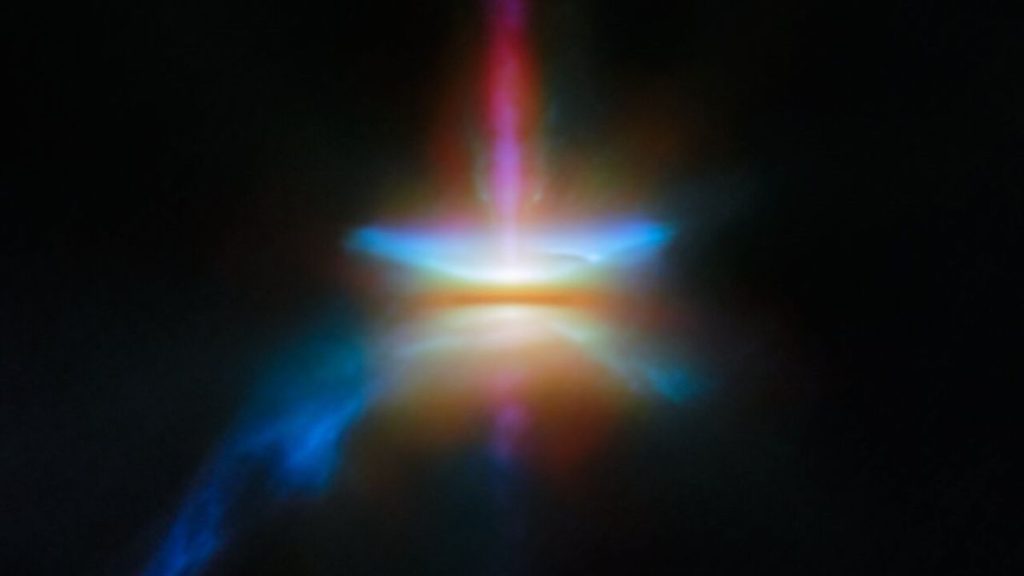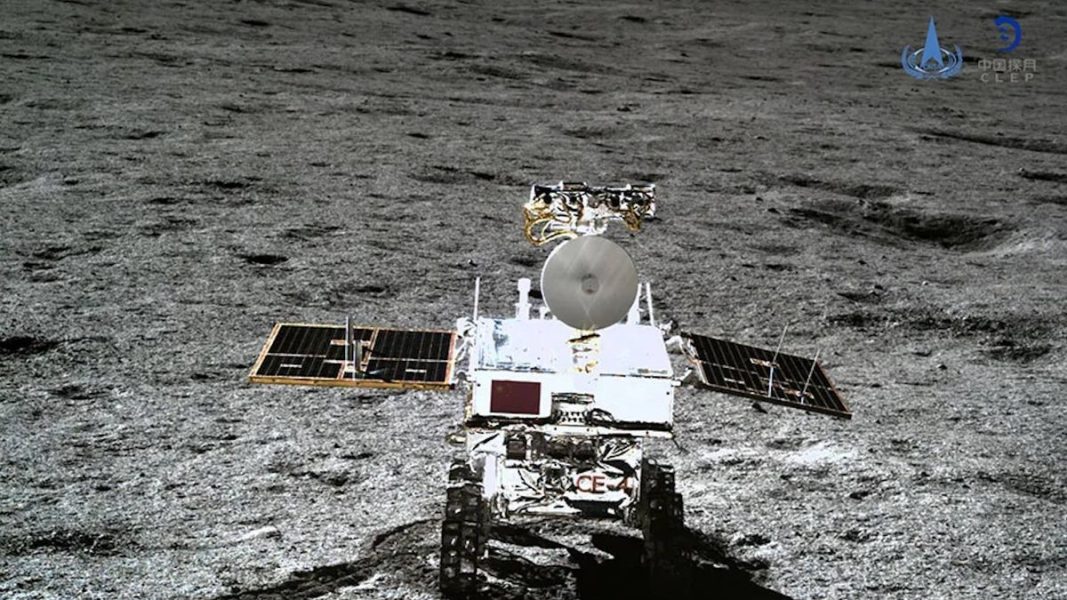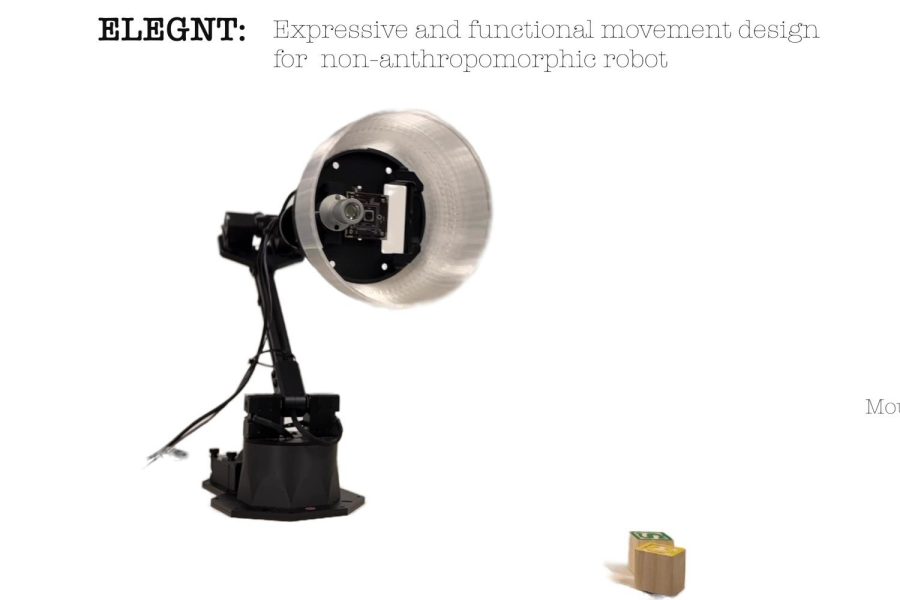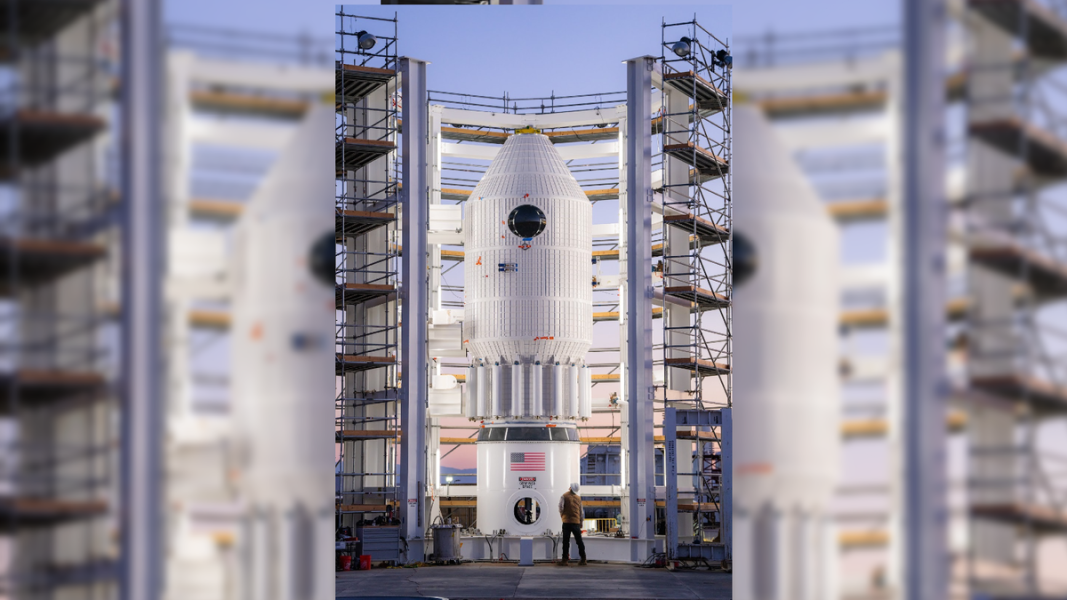Stunning, rainbow-colored object spotted by James Webb telescope could be an alien solar system in the making – Livescience.com

Webb investigates a dusty and dynamic disc
No offers foundThe James Webb Space Telescope has captured a belching protostar in its infancy. By studying the dust grains whirling around it, astronomers hope to better understand how solar systems like our own take shape.
When you purchase through links on our site, we may earn an affiliate commission. Here’s how it works.
The James Webb Space Telescope (JWST) has captured a stunning image of a young star firing energy into space, illuminating a protoplanetary disk from which a new solar system may form.The young star, called HH 30, is a Herbig-Haro object — a bright knot of gas formed when the gas streaming from young protostars collides with nearby matter, producing shockwaves.HH 30 is located 450 light-years away in the dark cloud LDN 1551 in the Taurus Molecular Cloud. Astronomers are studying the gassy knot to learn more about how dust grains combine with massive jets to form planets. The researchers published their findings Feb. 3 in The Astrophysical Journal.”These grains are only one millionth of a metre across — about the size of a single bacterium,” the researchers wrote in a blog post accompanying the image. “While the large dust grains are concentrated in the densest parts of the disc, the small grains are much more widespread.”Stars take tens of millions of years to form, growing from dense, billowing clouds of turbulent dust and gas to gently glowing protostars, before materializing into gigantic orbs of fusion-powered plasma like our sun.Related: James Webb telescope spots a dozen newborn stars spewing gas in the same direction — and nobody is sure whyScientists think that planets form around young stars when dust and gas particles collide and stick together, snowballing over millions of years until they reach their final forms.Get the world’s most fascinating discoveries delivered straight to your inbox.—James Webb telescope confirms there is something seriously wrong with our understanding of the universe—’It could be profound’: How astronomer Wendy Freedman is trying to fix the universe—James Webb telescope discovers oldest black hole in the universeTo study HH 30’s edge-on disk (meaning JWST sees only the disk’s side from its vantage point near Earth), the researchers combined infrared data captured by JWST with longer-wavelength observations made by the Atacama Large Millimeter/submillimeter Array (ALMA) telescope and the Hubble Space Telescope. These data enabled the researchers to capture dust particles from millimeter down to micrometer scales.The result is a breathtakingly detailed view of the dust’s movement across the disk, showing it migrating within the disk and settling in a dense layer, where it is clumping to form the beginnings of planets. Nested alongside this are several layers of gas. One of these layers originates from the jet spat out by the star, while others are from a broader cone-shaped outflow enveloped by a nebula reflecting the star’s light.”Together, these data reveal HH 30 to be a dynamic place, where tiny dust grains and massive jets alike play a role in the formation of new planets,” the researchers wrote.Ben Turner is a U.K. based staff writer at Live Science. He covers physics and astronomy, among other topics like tech and climate change. He graduated from University College London with a degree in particle physics before training as a journalist. When he’s not writing, Ben enjoys reading literature, playing the guitar and embarrassing himself with chess.Please logout and then login again, you will then be prompted to enter your display name.NASA’s new SPHEREx space telescope to launch in February — it can do what the JWST can’tRed ‘star’ rising with the moon on Sunday is really Mars — and you may be able to see it ‘disappear’Astronomers discover ‘Quipu’, the single largest structure in the known universe
Livescience is part of Future US Inc, an international media group and leading digital publisher. Visit our corporate site.
©
Future US, Inc. Full 7th Floor, 130 West 42nd Street,
New York,
NY 10036.






